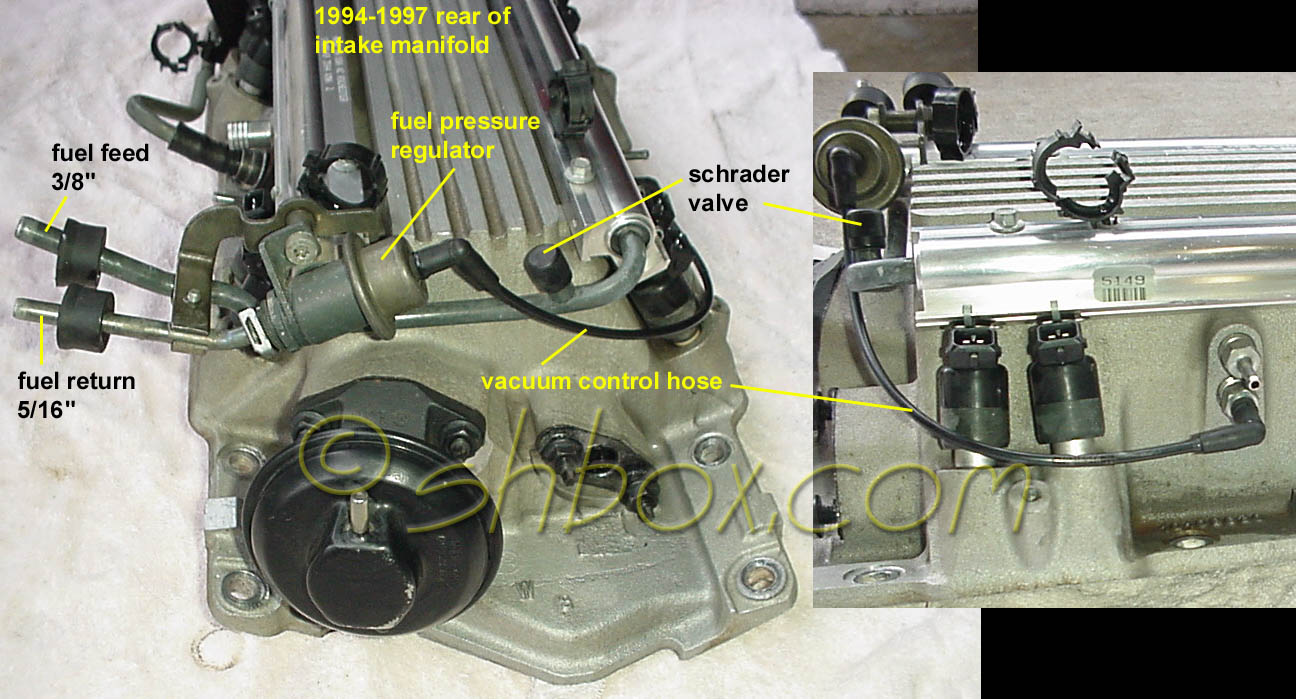Hey guys,
For the past couple of months my car has a hard time starting after it sits for a while. When you turn the key to the on position repetitively before you crank the motor, it starts up better. From what I have read, i'm guessing that my fuel pump is leaking pressure once you shut the car off.
I checked out replacement pumps online at Napa and they were almost $500!! I definitly can't afford that, but then I found a granatelli motor sports replacement electric fuel pump at summit for like $125. Does anyone have any experience with these? It says it flows a higher volume (255 lph), but my car is fairly stock...Is this no good? Any help is really appreciated guys. Thank you!
For the past couple of months my car has a hard time starting after it sits for a while. When you turn the key to the on position repetitively before you crank the motor, it starts up better. From what I have read, i'm guessing that my fuel pump is leaking pressure once you shut the car off.
I checked out replacement pumps online at Napa and they were almost $500!! I definitly can't afford that, but then I found a granatelli motor sports replacement electric fuel pump at summit for like $125. Does anyone have any experience with these? It says it flows a higher volume (255 lph), but my car is fairly stock...Is this no good? Any help is really appreciated guys. Thank you!




 I drill four small holes in each corner of the panel that I want to cut out, take the air hammer and have at it. 2 minutes tops.
I drill four small holes in each corner of the panel that I want to cut out, take the air hammer and have at it. 2 minutes tops.


Comment